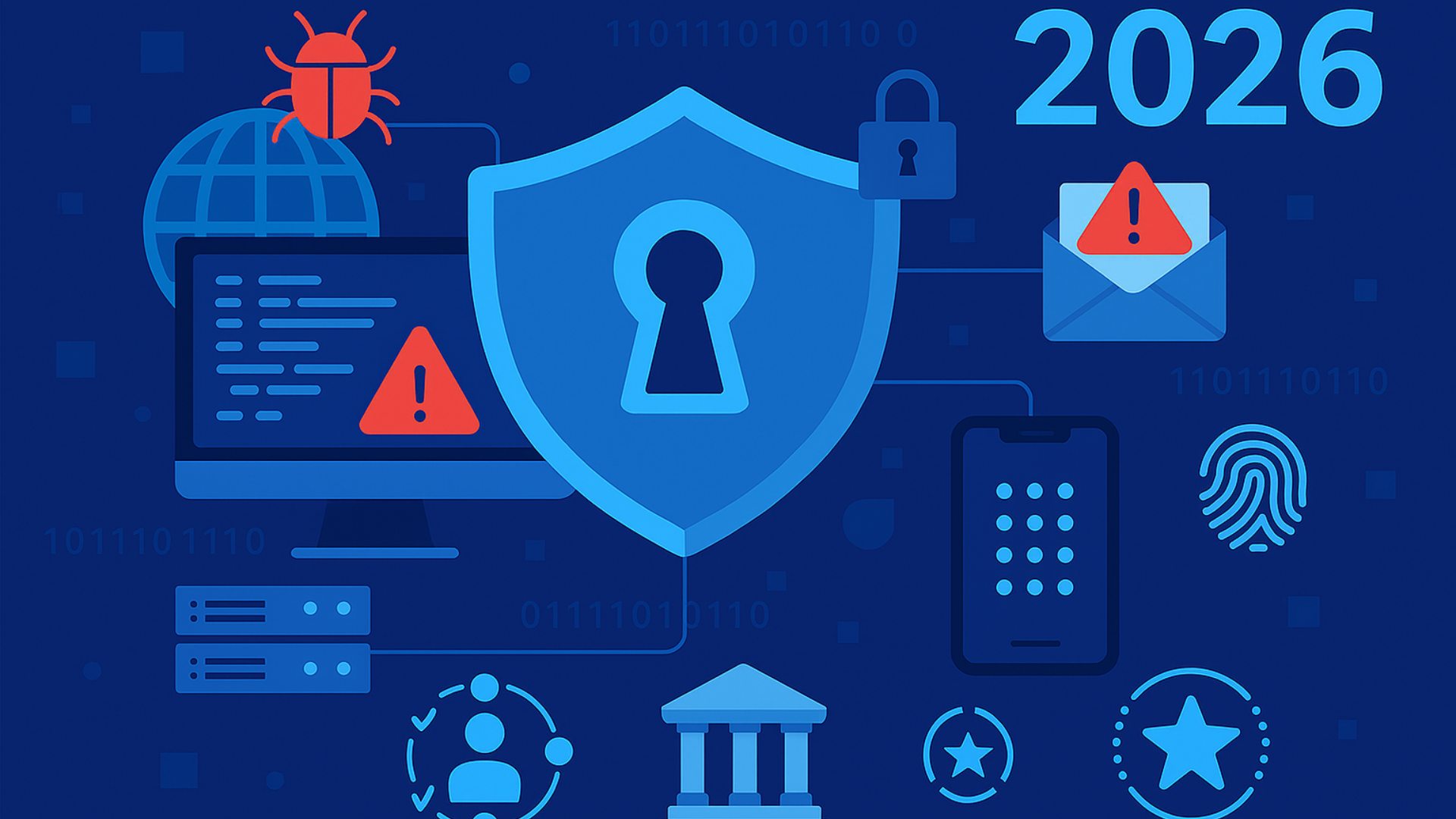LEADERS HAVE STRUGGLED to understand employee productivity since hybrid work increased in 2020. Some employers are turning to heavy-handed employee monitoring and surveillance technology to ensure remote and hybrid workers remain productive. The most invasive practices and tools have even caught the attention of Congress, which could enact legislation firming up employee rights.
Productivity monitoring doesn’t have to feel like “big brother,” however. In fact, many MSPs and IT leaders already have access to the employee data and insights they need to measure and ensure productivity without taking away employee privacy or autonomy.
The capture of digital behavior data can offer benefits to both organizations and employees. For example, data like what time the employee logs on in the morning and how long they interact with certain systems can help MSPs and their customers assess whether an employee needs more or fewer IT resources, or if an application can be eliminated or right-sized.
3 Best Practices to Build Trust
To determine how to put employee metrics to good use, consider the following best practices to boost your security posture and drive productivity.
1. Be transparent and help employees understand the “why.” Provide specifics about how the metrics work, and most importantly, why you’re using them.
For example, many organizations adopt monitoring strategies to protect sensitive data. Some industries, such as healthcare, require these technologies to safeguard highly sensitive information (like patient records), and verify and enforce compliance. When employees work from home, you need to ensure your customers’ information is secure and not at risk of falling into the hands of bad actors.
No matter your industry, you need to communicate monitoring policies and processes effectively to ensure employees feel informed and empowered. Set clear boundaries around the data that will be collected, how it will be used, and who will have access to it. And make sure employees have that information on Day One. You’ll also need to make sure any monitoring or data collection is transparent, ethical, and legal. Transparency goes a long way toward helping employees feel comfortable with monitoring activities.
2. Choose the right metrics and tools. Knowing how to access and use the right metrics can make all the difference when it comes to balancing productivity with employees’ comfort level. For example, Microsoft Viva gives employees insights into their work patterns, productivity levels, and suggestions to improve their overall well-being. Employers can’t access these insights—they are designed only to benefit the employee and their engagement, which in turn benefits the organization.
Additionally, when determining how to boost productivity, implement tools that focus on enabling collaboration and efficiency. For example, videoconferencing, virtual desktops, project management software, and instant messaging platforms like Slack help teams stay connected, productive, and secure—wherever they work from. And many platforms can help you unlock insights into how employees interact with the technology and how their use could be optimized.
3. Gather feedback to improve and maintain trust. Regularly evaluate and adjust your strategies based on employee feedback and performance data. Gathering feedback can help ensure you’re meeting the needs of all employees and promoting productivity in a positive and healthy way. Additionally, employee data can help surface warning signs of burnout and areas in which employees might need more support.
Use this feedback to improve the digital employee experience. You should also measure how well your employees’ digital worlds work for them. For example, do employees have the tools they need to get their work done efficiently? Are they experiencing issues when they’re working from home versus when they’re in the office? Observe employee engagement with certain programs and responsiveness to ensure they have a high-quality experience with your IT systems.
When used with full transparency and properly communicated to employees, employee data can help MSP owners and their customers minimize security risks, identify burnout before it’s too late, and ultimately boost productivity and efficiency.
VADIM VLADIMIRSKIY is founder and CEO of Nerdio, which helps IT pros and MSPs succeed with virtual desktops in the cloud.













